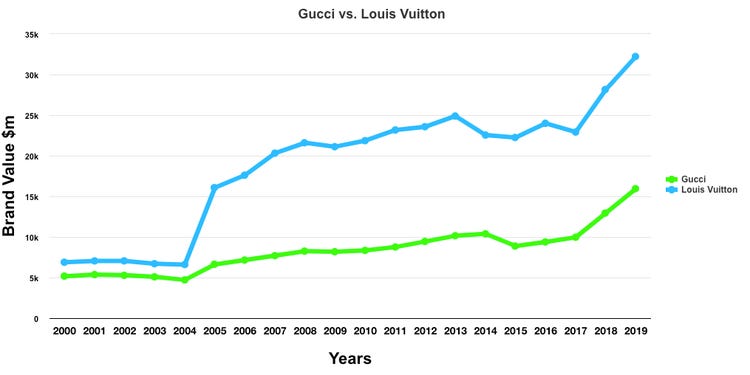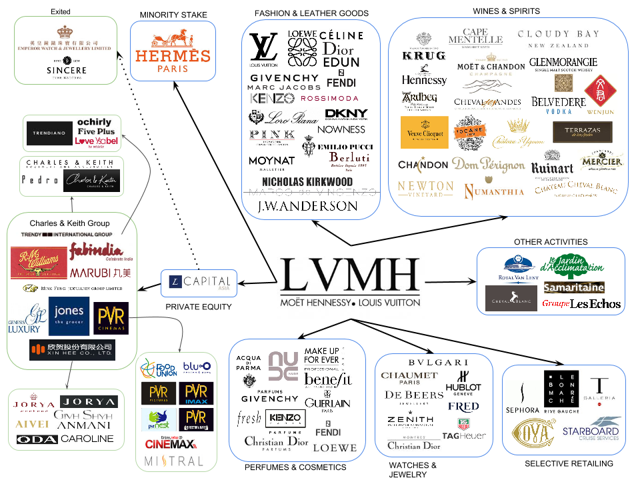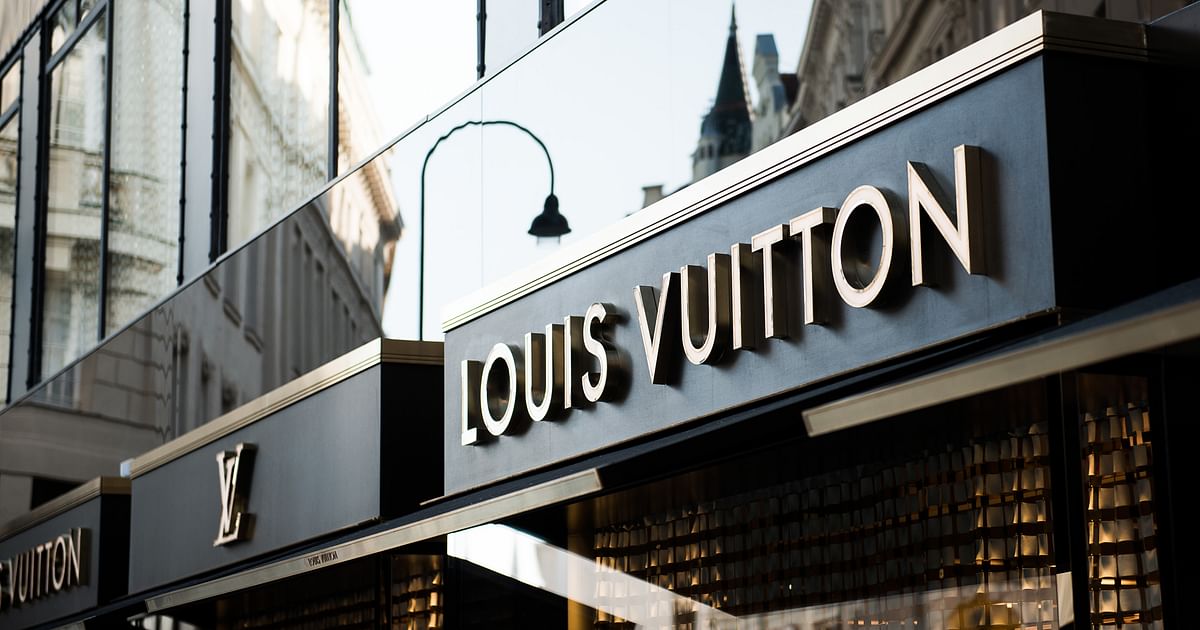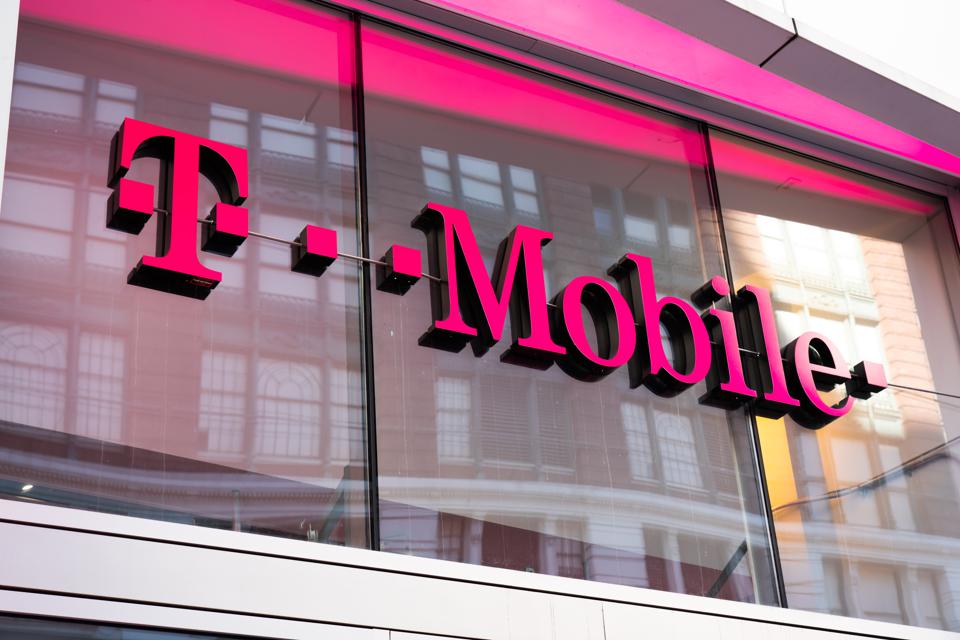Louis Vuitton Malletier, commonly referred to as Louis Vuitton, is a French fashion house founded in 1854 by the famous designer, Louis Vuitton. The founder’s initials are on most of the brand’s products from clothing, footwear, watches, leather goods, jewelry, accessories, and sunglasses. Louis Vuitton is one of the world’s largest fashion houses, selling its products through independent boutiques, license shops in luxury department stores, as well as the Internet. In this piece, we’ll explore some of the success factors that make LV an apex brand.
For 6 years (2006-2012), LV was the most valuable and the most profitable luxury brand in the world. In 2012, the value of the brand was estimated at 25.9 billion US dollars and the brand’s sales revenues amounted to USD 9.4 billion. The company is in 50 countries and has 460 stores around the world.
The Louis Vuitton brand and the LV monogram are one of the most valuable trademarks in the world. However, their logo is one of the most often counterfeited logos in the fashion world, because of its image as a symbol of high material status. The irony is that the canvas monogram was created just to prevent counterfeiting at the very beginning of the brand’s existence. In 2004 fake Louis Vuitton products accounted for as much as 18% of all counterfeit goods which were confiscated in the European Union

History
Louis Vuitton noticed that the wooden travel crates which were widely used were very heavy and impractical. Louis Vuitton developed a special, non-wooden canvas, thanks to which the suitcases were much lighter and more comfortable. He also changed their shape by making them all square. Thanks to the flat top surface the luggage could be stacked one on top of the other.
Many craftsmen began to imitate the innovative workmanship and design. In 1857, the company took part in an international exhibition in Paris to spread its good design and advertise the brand. Vuitton in the fear of counterfeits changed the color of the canvas to beige with brown stripes in 1876. The first company store was opened in London on Oxford Street in 1885. Shortly thereafter, due to the continuous imitation of the canvas, Louis created a pattern with the inscription “marque L. Vuitton déposée”, which can be translated as “L. Vuitton registered trademark”.
In 1892, Louis Vuitton died, and his son, Georges Vuitton, took over the management of the company. Georges Vuitton began a campaign to build an international enterprise. He appeared with his products in Chicago at the World Exhibition in 1893. Three years later, the company obtained an international patent for the use of canvas with the initials LV and a graphic sign of clovers and flowers, which were based on the trend of using Japanese and Oriental ornaments in the late Victorian era. These patents were very effective in stopping counterfeiters. Georges visited cities like New York, Philadelphia, and Chicago selling his products.
In 1901, the company presented its latest project, a small travel bag, which can be held inside large suitcases and can be used as a small bag for cosmetics. In 1913, the Louis Vuitton Building was opened on the avenue Champs Elysées in Paris and it was the largest store of that period, offering travel suitcases in the world. Other stores were opened in New York, Mumbai, Washington, London, Alexandria, and Buenos Aires.
Then, in 1930, the Keepall bag was introduced with a long, cylindrical shape. The next model was the Noé bag, which imitated its shape with a triangular sack, tied with a string from the top. This bag was originally intended for winemakers so that they could safely transport bottles of champagne. The Speedy model is yet another model that is still produced in the same shape.
Louis Vuitton celebrated its 150th anniversary in 2004, the brand also opened stores in New York, São Paulo, Mexico City, Cancun, and Johannesburg. In 2005, LV opened its store on the Champs Elysees in Paris, which was designed by the American architect Eric Carlson. In 2010, the brand opened its most luxurious store in London. At the beginning of 2011, Louis Vuitton hired Kim Jones for the position of director, responsible for the men’s collection. Kim became a leading designer of men’s clothing while working under the artistic direction of Marc Jacobs. On 17 September 2011, the company opened its first store in the Southeast Asia region, i.e. in Singapore.
Analyzing LV using Marketing Mix
Product
LV is a premium luxury brand and sells the finest products. It focuses its product lines only on the luxury markets, with its high-priced products, and doesn’t have a second line of operations to satisfy the mass demand with lower-priced products. Usually, brands try to increase sales to maximize profits by distributing products in every possible channel. Having a lower range of products would be beneficial in the short run but detrimental for their image as a luxury brand in the long run.
Every piece of luggage by this prestigious brand is handmade. Also, it self-merchandises the products, leading to their limited availability. Thus, these one-of-a-kind products are usually sold-out, and there are no price drops, discounts, or bargain sales. They also make-to-order, i.e., custom-made products can be ordered according to the customer’s demand, strengthening their image as a luxury brand.

Price
Louis Vuitton uses value-based pricing. Special attention is paid to the quality of material, design, and make of the products and therefore, the cost is usually very high. The customer perception is that the products are high valued products, and they are more than willing to pay the exorbitant prices. The company uses a premium pricing policy as the target customers are elite and upper-middle-class people.
Historically speaking, the prices haven’t been reduced in 156 years. The product prices are fixed and no end of season sales or other promotional pricing strategies are used. This stimulates customer demand and prevents them from postponing the purchase.
Place
Louis Vuitton ensures an exclusive distribution channel, and the products are not available at any departmental stores. Their stores are generally located in luxury shopping areas. The overall number of stores is less, which makes operation more comfortable and reduces cost while the store size is larger than usual to attract customers’ attention and maintain the brand’s image as an exclusive brand. The highly trained staff treats the customer with warmth and provides special attention.
The customers also have the option of getting their old products repaired and refurbished. This is challenging as the materials used are scarce and varied. But the company has reserved materials for dealing with this problem. This develops a customer’s trust in the brand and increases brand loyalty.
Promotion
LV’s primary source of promotion is print media. It does not use television as a medium of advertising as it is a luxury brand and therefore wants to reach out to certain kinds of audiences. The exclusiveness of the brand is portrayed through fashion magazines that the elite class reads. It is, therefore, able to reach the target audience directly without using multiple channels. LV associates with celebrities, actors, and models for their marketing campaigns. Also, large queues in front of the store are one of the strategies that LV employs to appeal to the general public.
Also Read Chanel – A Brand Creating Uncomplicated Luxury
How does the brand manage to maintain its value? – The Success Strategies
PR as a tool: Louis Vuitton has managers responsible for caring for its public opinion, and thus the brand’s reputation, by skilfully covering up past mistakes. During the Second World War, Gaston collaborated with the Nazis during the German occupation of France. The book “French Saga” wrote by journalist Stephanie Bonvicini tells how members of the Vuitton family actively supported the puppet government led by Marshal Philipp Pétain, which significantly increased their wealth through commercial contacts with Germany. The Vuitton family set up a factory dedicated to the production of Pétain’s glorifying goods. During its existence, this factory produced over 2,500 busts of the Marshal.
Caroline Babulle, a spokeswoman for the book said: “Louis Vuitton does not question the facts contained in the book but, tries to hide them and pretend they do not exist.” In response, the company spokesperson issued a statement with the content: “This is a long time ago in ancient history, and the book describes the period when the company was led by the Vuitton family, long before the current managers. Today’s company is diverse, tolerant, and as it should be a modern company that offers luxury goods”.
Acquisitions: The year 1987 was the creation year of LVMH, a French company formed from the merger of Hennessy (producing cognac) and Moët & Chandon (champagne producers Dom Pérignon, Mercier, Krug, Ruinart, Veuve Clicquot-Ponsardin) with the Louis Vuitton company. The combined enterprises created a conglomerate of luxury goods. The profits from 1988 were 49% higher than the profits from 1987, that is before the merger of companies.
Taking Actions on Counterfeiting: Preventing attempts to reproduce and sell counterfeits is very important for the brand. The introduction of new product lines and adaptation of the company’s classic monogram in 1999 was a successful try to stop counterfeit branded accessories. A mini monogram line was designed for small products such as keychains and key cases. The company is actively fighting to counterfeit its goods and employs a team of lawyers and special investigative services to detect attempts to sell or produce non-original goods around the world.
Control on distribution: Louis Vuitton strictly controls the distribution of its goods. Until 1980 Vuitton products were widely sold in stores, today they are available only in original brand boutiques, exclusive shopping districts, or inside luxury department stores. All LV boutiques operate independently and have their own managers and employees. The brand has its own online store on its main website, which is the only authorized online sales channel.
Unique Production Process: Manual, unique, and unaffected production processes are the huge value in the company. Louis Vuitton suitcases have been made by hand since the 19th century. The way of production has not changed for years – craftsmen stretch the leather on a suitcase, then they hammer in tiny nails one by one. The corners of the bag are secured by brass buckles to protect the surface of the corners, which are most vulnerable to mechanical damage. Next, the lock with the key is activated, thanks to which a customer can open all the luggage that he owns.
Louis Vuitton collaboration with the artists!
Cooperation with well-known designers and the introduction of limited editions bring Louis Vuitton a lot of income. Stephen Sprouse in cooperation with Marc Jacobs designed a limited line of Vuitton bags, which on the traditional monogram had ‘Louis Vuitton’ inscriptions printed sometimes with the name of the handbag model, eg Keepall or Speedy. These inscriptions looked like careless graffiti in neon colors. Some models of handbags are specially made to order and do not have the LV monogram in the background of the graffiti.
For the purposes of the marketing campaigns, Louis Vuitton employs many well-known musicians, models, and celebrities, actresses, and singers, including Keith Richards, Madonna, Jennifer Lopez, Sean Connery, Hayden Christensen, Angelina Jolie, and David Bowie. On August 2nd, 2007, the company announced that former USSR leader Mikhail Gorbachev will appear in an advertising campaign with Steffi Graf, Selena Gomez, and Catherine Deneuve. In addition to this, many rappers, especially Kanye West, Wiz Khalifa mention the company in some of their songs.
Cooperation with highly talented designers from around the world is one of the ways to be a modern luxury brand. The LV cooperated with many outstanding artists and designers. Takashi Murakami created a limited edition of bags with a color-changed monogram. Steven Sprous’s collection referred to graffiti in neon colors, and some models of bags were even shining in the dark. The last collaboration of Marc Jacobs was projected with Yayoi Kusama, in which they created the “Infinitely Kusama” collection, which printed tiny or very large dots on the canvas monogram. The elements of the collection are in the following colors: black with white dots, red with white dots, and yellow with black dots.
To read more content like this, subscribe to our newsletter.



